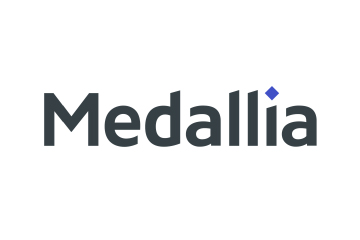From SLAs that reward speed over solutions to policies employees are ashamed to enforce, this is a wake-up call for brands chasing performance at the cost of empathy.
The question that should keep you up at night: When did your employees last apologise for following company policy?
If you can’t answer that immediately, you’re either not paying attention, or your people have stopped caring enough to apologise.
I learned this the hard way while managing consumer affairs across more than a thousand post offices and stations throughout Colorado, Wyoming, and Connecticut. Every metric screamed success. Most cases closed within the service level agreement (SLA), numbers were trending upward, and district leadership was celebrating the progress.
Then, on a Tuesday afternoon, I got a call that changed everything.
The Moment Your Metrics Lie to You
On the line was a seasoned Connecticut Postmaster. This was someone who had spent decades believing in USPS’s mission of connecting people. Her tone was desperate, reaching, and concerned.
“I don’t know why I even get these cases,” she said. “I can’t do anything to help these customers. Isn’t there someone in the plant that can help? We’re told to get these cases closed, but I don’t feel like I can really help them.”
Sound familiar? Replace “plant” with “corporate,” “IT department,” or “policy team,” and you’ve got the same conversation happening in your organisation right now.
That’s when I realised we had built a system that worked perfectly for our metrics but completely failed the humans it was supposed to serve.
Now, I’ll ask you: What percentage of your customer complaints stem from system inflexibility rather than actual product defects?
Your “Efficient” System Is Bleeding Money… and People
Here’s what efficiency-obsession actually looks like in practice across every industry driven by speed and scale:
A customer needs help during your busy season. Your streamlined system routes them through automated responses, knowledge bases, and chatbots designed to handle 80% of inquiries without human intervention. None of this helps. When they finally reach a person, that employee has no context, limited authority, and a ticking clock measuring their performance.
In postal terms: Holiday packages buried under newer arrivals, missing scans, manual processing errors, cases auto-routing to local offices that can’t access the real information, and Twenty-four-hour response requirements forcing generic replies.
In your terms: Support tickets bouncing between departments, customers repeating their stories to multiple agents as if they have amnesia, and policies that protect you from edge cases punishing your most loyal customers daily.
The result? By the time you “resolve” their issue, they’ve already vilified you online.
Here’s what leadership misses: those SLAs weren’t created with poor intent. Analysis shows satisfaction drops after three days without resolution. But one-size-fits-all metrics create malicious compliance. This causes teams to focus on time rather than outcomes or prevention.
While you’re measuring success, you may also be creating customer misery.
Why Speed-Obsessed Industries Fail at Scale
Haunted by that realisation, I did something my boss thought was crazy. I started experiencing our systems as our customers would. I visited as many offices and plants as I could, talking to employees and customers face to face.
What I found was a massive disconnect between our efficiency goals and human reality. Office after office, the same pattern: dedicated employees who desperately wanted to help but were trapped in systems that rewarded closing cases over solving problems. There was unlimited desire to improve, but zero direction on how.
This pattern repeats everywhere speed and scale matter:
- Tech support that moves tickets quickly but doesn’t fix root causes
- Healthcare systems that optimise patient throughput but ignore emotional needs during a crisis
- Financial services that automate transactions but abandon customers during emergencies
- Retail operations that perfect checkout speed yet can’t handle returns humanely
The uncomfortable truth is that every efficiency gain that removes human judgment creates new problems you won’t see until customers start leaving.
Three Diagnostic Questions That Expose the Problem
After working to re-humanise systems across more than a thousand locations, here’s how to tell if your brand is efficiency-obsessed:
- When your front-line employees regularly feel powerless to help customers, your system design is the problem, not your people.
- The most expensive customer service failures aren’t technical; they’re emotional and they compound.
- If automation is your first solution to customer pain points, you’re treating symptoms while creating new diseases.
While it’s a necessary first step, understanding the problem is just the beginning.
The Four Pillars That Actually Work at Scale
Still thinking efficiency and human-centricity are like oil and water? Well, here’s what I’ve found creates both efficiency AND empathy:
System Awareness: See Your Blind Spots
Stop only looking at dashboards. Start experiencing your systems as customers do.
I did this by calling our service lines, tracking packages, and feeling the frustration firsthand.
You have to see your system through your customers’ eyes, not only through your operational metrics. Which part of your system would you never want your own family to experience? That’s where you start fixing.
Policy Alignment: End the Apology Culture
At USPS, SLAs forced premature case closures to keep districts off “bad performance” lists. Staff constantly apologised for policies they couldn’t control.
When employees feel like they’re failing customers despite following procedures perfectly, your policies contradict your mission.
The audit that matters:
- Which policy makes your people apologise most often?
- Where do you bend rules so frequently the exception should be the standard?
- What protects you from rare problems but punishes everyday customers?
Listening Architecture: Hear What You’re Missing
Most feedback systems filter out exactly what leadership needs to hear. Customer pain becomes case categories. Employee frustrations never reach decision-makers.
In response to this, I created direct pathways for front-line intelligence to reach me, not for escalation, but for learning.
What voices are systematically excluded from your decision-making? How quickly does bad news travel to people with the power to change things?
Culture Building: Reward What You Actually Want
For us, this was the hardest part. We had to stop rewarding behaviours that contradicted our stated values.
I launched the “Good Neighbour Program” with 21 pilot offices representing our highest-volume, most challenging locations. We created coaching cultures where offices shared strategies, discussed real challenges, and supported each other without fear of judgment.
Instead of measuring only case closure times, we tracked relationship quality and customer satisfaction. We recognised employees who surfaced system improvements, not just efficiency targets.
The breakthrough: Moving from “gotcha” to “I got you.”
The Results That Silence Skeptics
Six months after launch, the district’s national ranking moved from 43rd to 1st in customer satisfaction.
Employee engagement soared. Front-line staff stopped feeling helpless and started taking pride in their work. That Connecticut postmaster who’d called in desperation now had toolkits and peer networks supporting her customers.
Despite our efforts, the sobering reality was that we were still patching a fundamentally broken system. Much of our success worked around structural problems that we couldn’t control. Plants lacked accountability, systems remained disconnected, and incentives were still misaligned.
While our strides were impactful, they also revealed the limitations of local solutions to systemic problems.
Your Brand’s Moment of Truth
Every company talks about customer-centricity. However, when pressure mounts, scale demands speed, and investors want efficiency, which wins: your metrics or your mission?
The companies that will define the next decade aren’t choosing between operational excellence and human connection. They’re designing for both intentionally.
Your efficiency obsession is showing when:
- Customers consistently work around your official processes
- Employees apologise for your policies more than they celebrate your solutions
- Automation handles routine transactions while abandoning people during complex situations
- You measure everything except whether people actually want to do business with you
Your human-centric leadership shows when:
- Systems flex to accommodate human complexity without breaking
- Employees feel empowered to solve problems, not just follow procedures
- Technology amplifies human judgment instead of replacing it
- Customer relationships strengthen during difficult interactions
The Choice That Defines Your Future
Your customers are evaluating you every day. Your employees are deciding whether to care or just comply.
In a world where every product can be copied and every process automated, how you make people feel becomes your only sustainable advantage. You can optimise for this quarter’s efficiency metrics, or you can architect relationships that compound over decades.
After seeing both approaches in action, I know which one builds lasting value.
Brands Fixated on Efficiency Often Overlook the Very Things Damaging Their Customer Relationships
When an employee calls tomorrow, desperate for ways to help their customers, an efficiency-obsessed brand will respond with rigid policies. Empathy-led brands will give them a path forward.
So, ask yourself: Is your brand empathy-led or efficiency-obsessed?
Your next customer interaction will reveal the truth.
ALSO READ: Beyond Buzzwords: What It Takes to Build an Intelligent Customer Experience









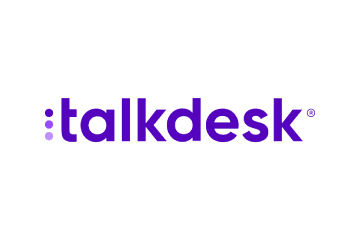

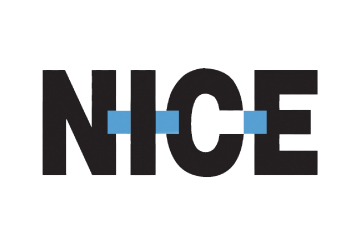


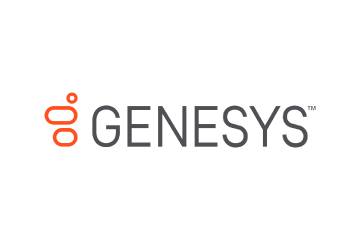



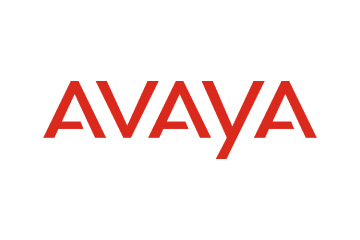
 Amplitude is a product analytics platform, enabling businesses to track visitors with the help of collaborative analytics. The platform leverages the capabilities of
Amplitude is a product analytics platform, enabling businesses to track visitors with the help of collaborative analytics. The platform leverages the capabilities of 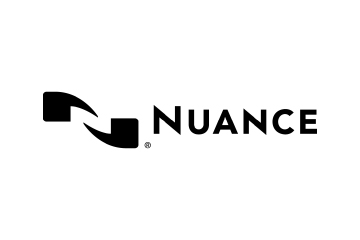

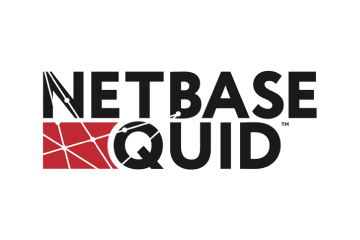
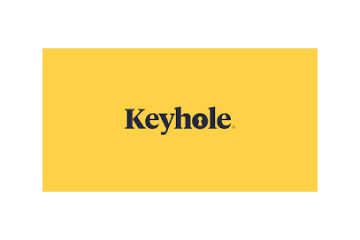
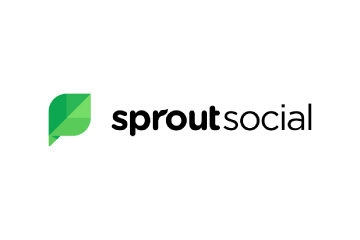
 Zoho Social, a part of Zoho’s suite of 50+ products, is a comprehensive social media management platform for businesses and agencies. The Zoho Social dashboard includes a robust set of features, such as Publishing Calendar, Bulk Scheduler, and Approval Management to offer businesses all the essential social media publishing tools. Its monitoring tools help enterprises track and respond to relevant social conversations.
Zoho Social, a part of Zoho’s suite of 50+ products, is a comprehensive social media management platform for businesses and agencies. The Zoho Social dashboard includes a robust set of features, such as Publishing Calendar, Bulk Scheduler, and Approval Management to offer businesses all the essential social media publishing tools. Its monitoring tools help enterprises track and respond to relevant social conversations.

 Microsoft Dynamics 365 represents a robust cloud-based CRM solution with features such as pipeline assessment, relationship analytics, and conversational intelligence. It utilises AI-powered insights to provide actionable intelligence via predictive analytics, lead scoring, sentiment analysis, etc. Currently, Microsoft operates in 190 countries and is made up of more than 220,000 employees worldwide.
Microsoft Dynamics 365 represents a robust cloud-based CRM solution with features such as pipeline assessment, relationship analytics, and conversational intelligence. It utilises AI-powered insights to provide actionable intelligence via predictive analytics, lead scoring, sentiment analysis, etc. Currently, Microsoft operates in 190 countries and is made up of more than 220,000 employees worldwide.
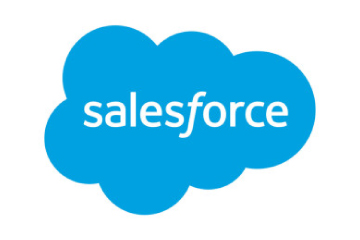
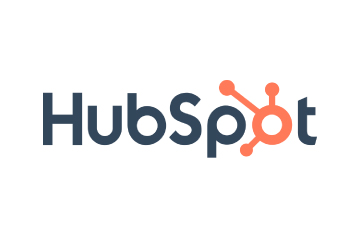 HubSpot is an inbound marketing, sales, and customer service software provider, offering robust CRM and automation solutions. Some of its products include Marketing Hub, Sales Hub, Operations Hub, Content Hub, Commerce Hub, Marketing Analytics and Dashboard Software. Guided by its inbound methodology, HubSpot enables companies to prioritise innovation and customer success.
HubSpot is an inbound marketing, sales, and customer service software provider, offering robust CRM and automation solutions. Some of its products include Marketing Hub, Sales Hub, Operations Hub, Content Hub, Commerce Hub, Marketing Analytics and Dashboard Software. Guided by its inbound methodology, HubSpot enables companies to prioritise innovation and customer success.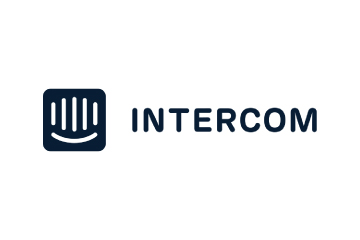
 Monday.com is a project management software company, offering a cloud-based platform that enables businesses
Monday.com is a project management software company, offering a cloud-based platform that enables businesses 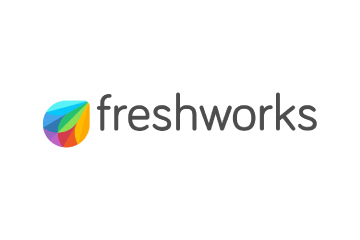 Headquartered in San Mateo, California, Freshworks is a global AI-powered business software provider. Its tech stack includes a scalable and comprehensive suite for IT, customer support, sales, and marketing teams, ensuring value for immediate business impact. Its product portfolio includes Customer Service Suite, Freshdesk, Freshchat, Freshcaller, Freshsuccess, and Freshservice. Freshservice for Business Teams has helped several global organisations to enhance their operational efficiency.
Headquartered in San Mateo, California, Freshworks is a global AI-powered business software provider. Its tech stack includes a scalable and comprehensive suite for IT, customer support, sales, and marketing teams, ensuring value for immediate business impact. Its product portfolio includes Customer Service Suite, Freshdesk, Freshchat, Freshcaller, Freshsuccess, and Freshservice. Freshservice for Business Teams has helped several global organisations to enhance their operational efficiency.
 Talkdesk offers an innovative AI-powered customer-centric tech stack to its global partners. The company provides generative AI integrations, delivering industry-specific solutions to its customers. Talkdesk CX Cloud and Industry Experience Clouds utilise modern machine learning and language models to enhance contact centre efficiency and client satisfaction.
Talkdesk offers an innovative AI-powered customer-centric tech stack to its global partners. The company provides generative AI integrations, delivering industry-specific solutions to its customers. Talkdesk CX Cloud and Industry Experience Clouds utilise modern machine learning and language models to enhance contact centre efficiency and client satisfaction.



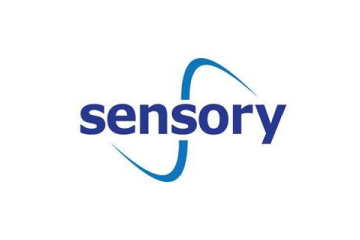
 The company offers comprehensive cloud-based solutions, such as Microsoft Dynamics 365, Gaming Consoles, Microsoft Advertising, Copilot, among other things, to help organisations offer enhanced CX and ROI. Its generative-AI-powered speech and voice recognition solutions,such as Cortana and Azure Speech Services empowers developers to build intelligent applications.
The company offers comprehensive cloud-based solutions, such as Microsoft Dynamics 365, Gaming Consoles, Microsoft Advertising, Copilot, among other things, to help organisations offer enhanced CX and ROI. Its generative-AI-powered speech and voice recognition solutions,such as Cortana and Azure Speech Services empowers developers to build intelligent applications.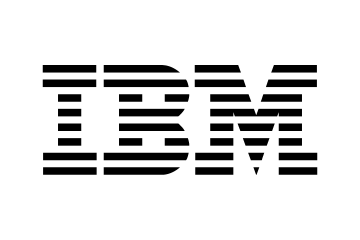 IBM is a global hybrid cloud and AI-powered
IBM is a global hybrid cloud and AI-powered  Uniphore is an enterprise-class, AI-native company that was incubated in 2008. Its enterprise-class multimodal AI and data platform unifies all elements of voice, video, text and data by leveraging Generative AI, Knowledge AI, Emotion AI and workflow automation. Some of its products include U-Self Serve, U-Assist, U-Capture, and U-Analyze. Its Q for Sale is a conversational intelligence software that guides revenue teams with AI-powered insights, offering clarity on how to effectively keep prospects engaged.
Uniphore is an enterprise-class, AI-native company that was incubated in 2008. Its enterprise-class multimodal AI and data platform unifies all elements of voice, video, text and data by leveraging Generative AI, Knowledge AI, Emotion AI and workflow automation. Some of its products include U-Self Serve, U-Assist, U-Capture, and U-Analyze. Its Q for Sale is a conversational intelligence software that guides revenue teams with AI-powered insights, offering clarity on how to effectively keep prospects engaged. Google Cloud accelerates every organisation’s ability to digitally transform its business. Its enterprise-grade solutions leverage modern technology to solve the most criticial business problems
Google Cloud accelerates every organisation’s ability to digitally transform its business. Its enterprise-grade solutions leverage modern technology to solve the most criticial business problems 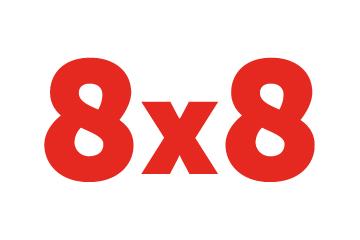 8×8 offers out-of-the-box contact centre solutions, assisting all-size businesses to efficiently meet customer needs and preferences. It offers custom CRM integrations support and integrates effortlessly with third-party CRMs like Salesforce, Microsoft Dynamics, Zendesk, and more. Offering global support in all time zones & development teams in 5 continents, its patented geo-routing solution ensures consistent voice quality.
8×8 offers out-of-the-box contact centre solutions, assisting all-size businesses to efficiently meet customer needs and preferences. It offers custom CRM integrations support and integrates effortlessly with third-party CRMs like Salesforce, Microsoft Dynamics, Zendesk, and more. Offering global support in all time zones & development teams in 5 continents, its patented geo-routing solution ensures consistent voice quality. Sprinklr is a comprehensive enterprise software company for all customer-focused functions. With advanced AI, Sprinklr’s unified customer experience management (Unified-CXM) platform lets organisations offer human experiences to every customer, every time, across any modern channel.
Sprinklr is a comprehensive enterprise software company for all customer-focused functions. With advanced AI, Sprinklr’s unified customer experience management (Unified-CXM) platform lets organisations offer human experiences to every customer, every time, across any modern channel.

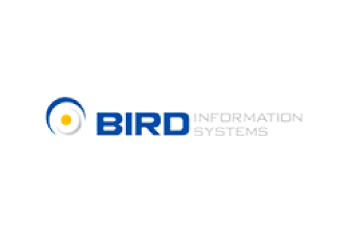
 Upland offers a comprehensive suite of contact centre and customer service solutions with products including InGenius, Panviva, Rant & Rave, and RightAnswers. InGenius enables organisations to connect their existing phone system with CRM, further enhancing agent productivity. Panviva provides compliant and omnichannel capabilities for highly regulated industries. Whereas, Rant & Rave, and RightAnswers are its AI-powered solutions,
Upland offers a comprehensive suite of contact centre and customer service solutions with products including InGenius, Panviva, Rant & Rave, and RightAnswers. InGenius enables organisations to connect their existing phone system with CRM, further enhancing agent productivity. Panviva provides compliant and omnichannel capabilities for highly regulated industries. Whereas, Rant & Rave, and RightAnswers are its AI-powered solutions, 

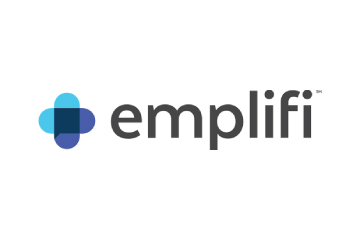
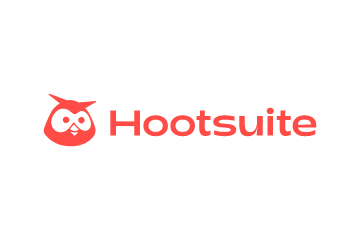 Hootsuite, headquartered in Vancouver, is a social media management platform that streamlines the process of managing multiple social media accounts. Some of its core offerings include social media content planning and publishing, audience engagement tools, analytics and social advertising. Its easy-to-integrate capabilities help marketing teams to schedule and publish social media posts efficiently.
Hootsuite, headquartered in Vancouver, is a social media management platform that streamlines the process of managing multiple social media accounts. Some of its core offerings include social media content planning and publishing, audience engagement tools, analytics and social advertising. Its easy-to-integrate capabilities help marketing teams to schedule and publish social media posts efficiently.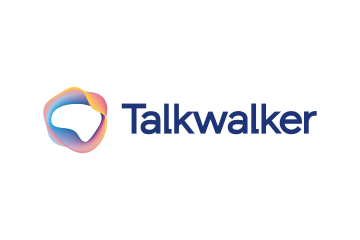
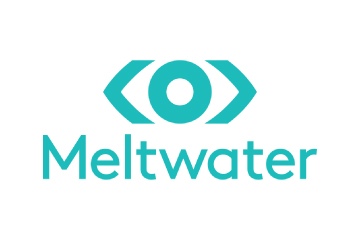
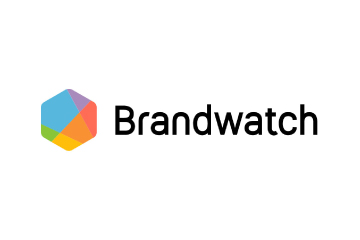 Brandwatch enables businesses to build and scale the optimal strategy for their clients with intuitive, use-case-focused tools that are easy and quick to master. Bringing together consumer intelligence and social media management, the company helps its users react to the trends that matter, collaborate on data-driven content, shield the brand from threats and manage all the social media channels at scale.
Brandwatch enables businesses to build and scale the optimal strategy for their clients with intuitive, use-case-focused tools that are easy and quick to master. Bringing together consumer intelligence and social media management, the company helps its users react to the trends that matter, collaborate on data-driven content, shield the brand from threats and manage all the social media channels at scale.

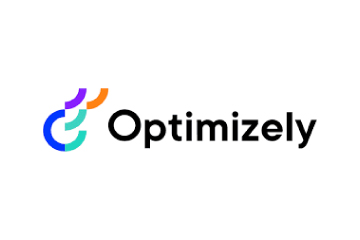
 Adobe Experience Cloud offers a comprehensive set of applications, capabilities, and services specifically designed to address day-to-day requirement for personalised customer experiences at scale. Its platform helps play an essential role in managing different digital content or assets to improve customer happiness. Its easy-to-optimise content gives users appropriate marketing streams, ensuring product awareness.
Adobe Experience Cloud offers a comprehensive set of applications, capabilities, and services specifically designed to address day-to-day requirement for personalised customer experiences at scale. Its platform helps play an essential role in managing different digital content or assets to improve customer happiness. Its easy-to-optimise content gives users appropriate marketing streams, ensuring product awareness.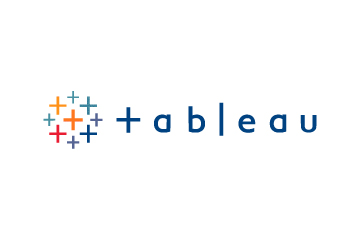 Salesforce-owned Tableau is an AI-powered analytics and business intelligence platform, offering the breadth and depth of capabilities that serve the requirements of global enterprises in a seamless, integrated experience. Marketers can utilise generative AI models, AI-powered predictions, natural language querying, and recommendationsons.
Salesforce-owned Tableau is an AI-powered analytics and business intelligence platform, offering the breadth and depth of capabilities that serve the requirements of global enterprises in a seamless, integrated experience. Marketers can utilise generative AI models, AI-powered predictions, natural language querying, and recommendationsons.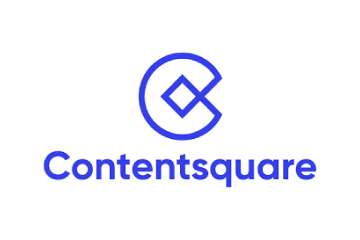 Contentsquare is a cloud-based digital experience analytics platform, helping brands track billions of digital interactions, and turn those digital
Contentsquare is a cloud-based digital experience analytics platform, helping brands track billions of digital interactions, and turn those digital 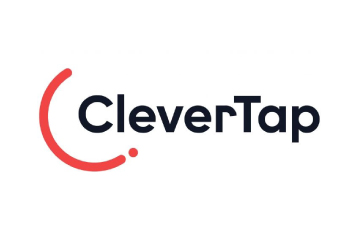
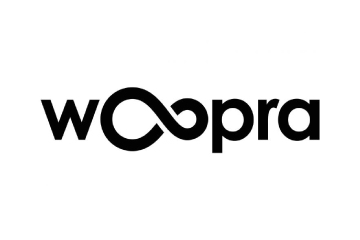
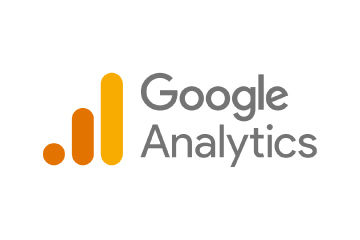
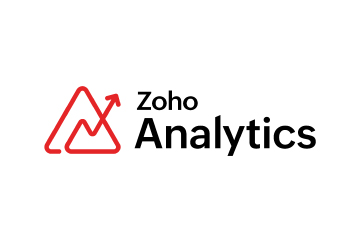 Zoho Corporation offers innovative and tailored software to help leaders grow their business. Zoho’s 55+ products aid sales and marketing, support and collaboration, finance, and recruitment requirements. Its customer analytics capabilities come with a conversational feature, Ask Zia. It enables users to ask questions and get insights in the form of reports and widgets in real-time.
Zoho Corporation offers innovative and tailored software to help leaders grow their business. Zoho’s 55+ products aid sales and marketing, support and collaboration, finance, and recruitment requirements. Its customer analytics capabilities come with a conversational feature, Ask Zia. It enables users to ask questions and get insights in the form of reports and widgets in real-time. Fullstory is a behavioural data platform, helping C-suite leaders make informed decisions by injecting digital behavioural data into its analytics stack. Its patented technology uncovers the power of quality behavioural data at scale, transforming every digital visit into actionable insights. Enterprises can increase funnel conversion and identify their highest-value customers effortlessly.
Fullstory is a behavioural data platform, helping C-suite leaders make informed decisions by injecting digital behavioural data into its analytics stack. Its patented technology uncovers the power of quality behavioural data at scale, transforming every digital visit into actionable insights. Enterprises can increase funnel conversion and identify their highest-value customers effortlessly.
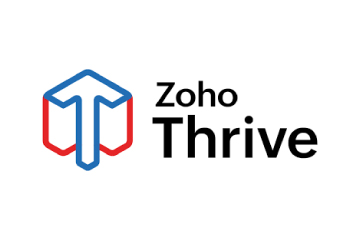
 Started in 2005 in a Sweden-based small town, Norrköping, Voyado offers a customer experience cloud platform that includes a customer loyalty management system. This platform helps businesses design and implement customer loyalty programs, track customer
Started in 2005 in a Sweden-based small town, Norrköping, Voyado offers a customer experience cloud platform that includes a customer loyalty management system. This platform helps businesses design and implement customer loyalty programs, track customer 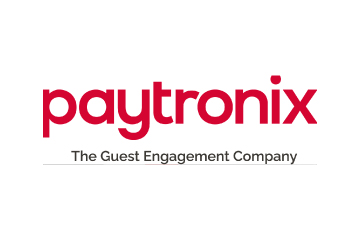


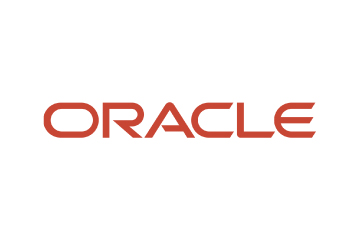
 TapMango provides a comprehensive, customisable, flexible and feature-rich customer loyalty program. The loyalty tools include an integrated suite of customised consumer-facing technology, easy-to-use merchant tools, and automation algorithms, all aimed at enhancing customer experience. Adaptable to any industry, TapMango’s platform helps merchants compete with larger chains, converting customer one-time purchases into profitable spending habits.
TapMango provides a comprehensive, customisable, flexible and feature-rich customer loyalty program. The loyalty tools include an integrated suite of customised consumer-facing technology, easy-to-use merchant tools, and automation algorithms, all aimed at enhancing customer experience. Adaptable to any industry, TapMango’s platform helps merchants compete with larger chains, converting customer one-time purchases into profitable spending habits.
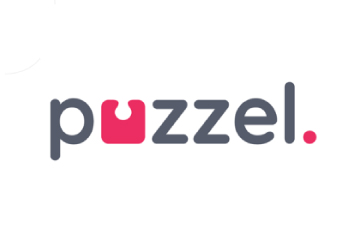
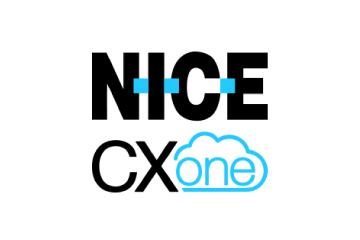
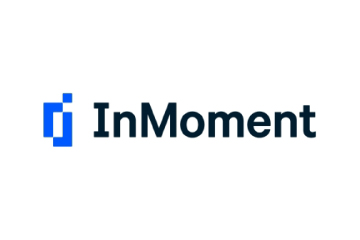

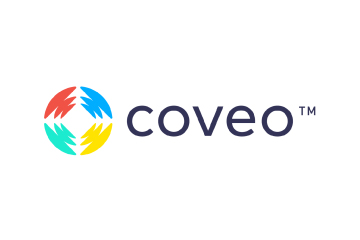
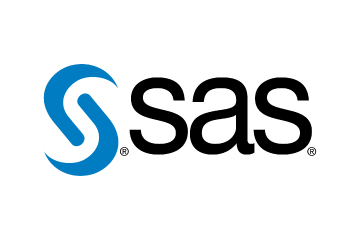
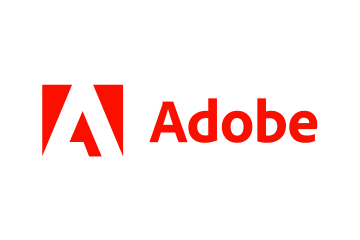 Adobe Experience Cloud offers a comprehensive set of applications, capabilities, and services specifically designed to address day-to-day requirements for personalised customer experiences at scale. Its innovative platform has played an essential role in managing different digital content or assets, to improve customer happiness or satisfaction. Some of its products include Adobe Gen Studio, Experience Manager Sites, Real-time CDP, and Marketo Engage.
Adobe Experience Cloud offers a comprehensive set of applications, capabilities, and services specifically designed to address day-to-day requirements for personalised customer experiences at scale. Its innovative platform has played an essential role in managing different digital content or assets, to improve customer happiness or satisfaction. Some of its products include Adobe Gen Studio, Experience Manager Sites, Real-time CDP, and Marketo Engage.